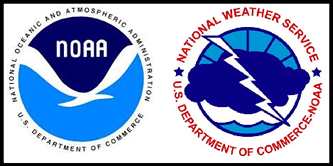RSS feed source: US National Weather Service
SVRLZK The National Weather Service in Little Rock has issued a * Severe Thunderstorm Warning for… Northeastern Logan County in western Arkansas… Southeastern Johnson County in western Arkansas… Western Van Buren County in north central Arkansas… Northeastern Conway County in central Arkansas… North central Yell County in central Arkansas… Pope County in central Arkansas… * Until 215 PM CDT. * At 123 PM CDT, a severe thunderstorm was located over Piney in Garland County, or 10 miles west of Russellville, moving east at 70 mph. HAZARD…60 mph wind gusts and quarter size hail. SOURCE…Radar indicated. IMPACT…Hail damage to vehicles is expected. Expect wind damage to roofs, siding, and trees. * Locations
Click this link to continue reading the article on the source website.

